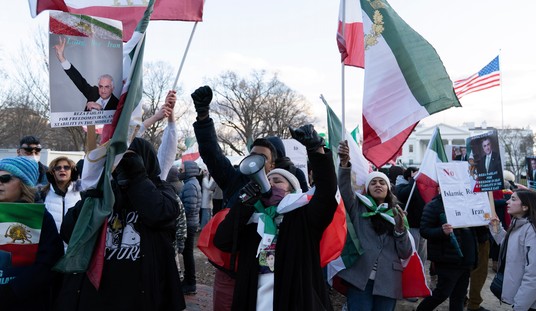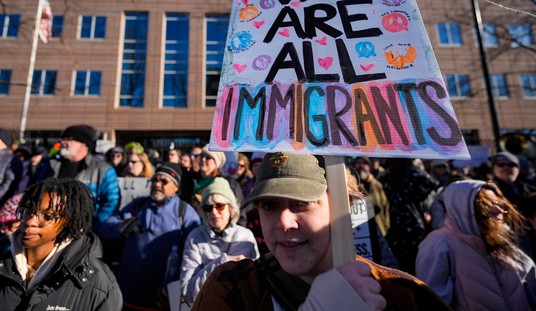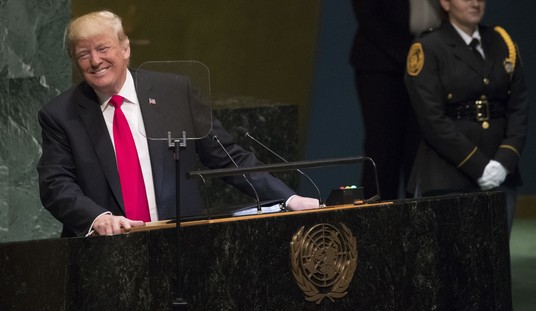There’s nothing so terrible as a bad idea who’s time has come.
In 1929, the idea was protectionism. Against the overwhelming advice of economists, Republicans in Congress, and the Republican in the White House, thought that a vastly higher protective tariff was a good idea. There was much wrangling to get it passed. It was touch and go there for a while. And then came the front-page New York Times headline:
LEADERS INSIST TARIFF WILL PASS; Smoot and Borah Contradict Reed, Who Told Philadelphians Bill Was Dead. LONG DELAY ADMITTED Pennsylvania Senator Asserted Farm Bloc Was Killing the Measure. Reed’s Attack on Corn Belt Bloc. LEADERS INSIST TARIFF WILL PASS
It was not the only tariff story on page one, either. And on page two, some nitty-gritty details of the bill were milled in public:
WOLL’S TARIFF DATA CALLED 89% WRONG; Merchants Challenge His List of American Products Made Abroad and Sold Here. WILL FIGHT BAN ON THEM Results of Nation-Wide Survey to Be Used in Campaign to Alter Senate Proviso. Will Distribute Findings. Find Labor Not Hurt. Retaliation Is Feared.
The next day, several more tariff-related stories hit the Times, my favorite being
WOMEN HERE URGED TO FIGHT TARIFF BILL; N.Y.U. Economist Tells Them It Is Stupid and Dishonest and Will Raise Living Costs.
The story on the first page, though, tells the big political picture pretty well:
SENATORS RENEW DEMAND ON HOOVER FOR TARIFF STAND; Johnson and Harrison Call for His Guidance as Chamber Clashes Over Bill’s Fate. CONFERENCE DEMISE SEEN Accusing Republicans of This Aim, Simmons Holds President Responsible With Party. SMOOT ISSUES CHALLENGE He Denies “Killing Plan” and Pleads for Passage — Robinson Pledges Democratic Aid in Speeding It. Hope for Reaching Conference. Johnson Asks Bill’s Chances. DEMAND ON HOOVER FOR TARIFF STAND
Recommended
In the end, President Herbert Hoover came through. He signed the bill the next year.
But the story does not end there. It’s just begun. The day after the first headlines quoted, above — the day of the second two headlines — was Black Tuesday: October 29, 1929. The stock market crashed, and crashed big.
A number of economists and historians have speculated on whether the tariff news spooked the market. It’s generally acknowledged that the new tariff sparked an international tariff “war” that exacerbated what came to be known as the Great Depression. But the idea that the tariff somehow caused it is still the minority position.
After all, Wall Street was unstable with too much leverage, as John Kenneth Galbraith liked to explain, and as our high school history books declared with unanimity. Further, there’d been monetary fiddling before, leading to new, cheap money that backed up the frenzy of the stock market — as Murray Rothbard explained in America’s Great Depression. Yes, the 1920s experienced an inflationary boom. The Great Depression started as a standard bust.
But it went on and on in a way that was anything but standard. Hoover, the proud social engineer and bigwig in the Great War’s American war economy, stepped in mightily to keep prices (particularly wages) high. Instead of cutting back on spending, which is what Harding did during the economic contraction of the early 1920s (leading to the rarely-discussed-because-short-lived depression of 1920-22), Hoover went into full gear, and spent, spent, spent.
Franklin Delano Roosevelt even campaigned against Hoover’s profligacy.
Modern partisans of the Democratic Party never tire of portraying Hoover as a laissez-faire, do-nothing president. The evidence, including Hoover’s and FDR’s speeches, flatly contradicts this. By the time FDR stepped in to replace Hoover, things were bad. Banks had begun to go under. Collapse was spreading like an elaborate, staged domino cascade.
Hoover was to blame. But for some reason, for not doing enough.
What if the problem was Hoover had done too much?
And maybe the reason the Great Depression became so “great” was that FDR continued the Hoover-style “action” that had made things so bad in the first place.
Causation is complex in an economy as big as America’s, then and now. (Especially now, of course.) And there can be many causes leading to a major event. Take the bank failures. It’s often said that they needed FDR’s Brain Trust-concocted interventions and regulations. Hooray, then, for regulation! Let’s do more! But the unseen elephant in the room, at the time, was the panoply of regulations that prevented branch banking. Without the help of branches and their diversified base, banks were vulnerable to local shocks.
Thomas Rustici, an economist at George Mason University, goes further than most previous scholars, and looks at the exact nature of those shocks. The culprit? Reduced trade because of the horrible effects of the Smoot-Hawley Tariff. These shocks hit some areas harder than others. Because of the prohibition of branch banking, they led to a series of domino falls in the Midwest bread basket and the Northeast steel belt.
This argument has not received general acclaim. It offends against the general picture spewed by Keynesians, who once again seem dominant (that is, politicians really, really like their story). Rustici’s perspective looks the institutional damage caused by certain government interventions that skew relative prices, not “aggregate” this and thats.
I’m not enough of an economist to judge this. (It distracts me from the usual tale I tell about the Great Depression, the tragedy of “regime uncertainty”; but I digress.) I mention it because it came to mind this week when another set of decades-old newspaper items became news again.
Richard Ebeling, economics professor at Northwood University, unearthed letters from 1932, Times of London. The first letter was from John Maynard Keynes and his buddies, the second was from F.A. Hayek and his buddies. Sadly, the 78-year-old letters seem up-to-date, describing the policy divide today too aptly. Or, as I put it on Friday:
The letter from Keynes and his allies, arguing that spending — any spending whatsoever — would spring the economy out of depression strikes me as a tad bizarre. All spending is equal? Make that several tads bizarre.
Can you say déjà vu?
The Hayekian response seems at once more sophisticated as well as commonsensical. For instance, Hayek recommended an immediate repeal of the infamous Smoot-Hawley Tariff. He recognized a major factor for the Depression’s low expectations and business doldrums. . . .
Hayek’s repeal proposal got me thinking — and not just how FDR should have immediately acted. How should we react, today?
Not by more insane spending of money we don’t have, on people who are better connected to politicians than you or me.
We should be thinking about killing those regulations that are doing to us now what Smoot-Hawley did in the 1930s.
What are those regulations? There have got to be a ton of them. I can think of one right off the top of my head. In 2008, the summer before the bust, media folk were asking each other why school-break employment was so low. Rarely did they bring up the room’s pachyderm, the minimum wage. It had just been raised. It had done its predictable damage.
And then the bust, recession. In a bust, prices collapse. If you try to keep them high, resources — labor or otherwise — become idle, “unemployed” . . . uncontracted-for.
Elementary economics. It’s one of the stories of the Great Depression.
Were our leaders truly serious about getting us out of our current recession, they’d dare to decrease the legal wage minimum, allowing more workers to find jobs, and restart their employment histories.
But politicians don’t, because they still pretend that prices and wage-rates don’t serve and reflect economic functions, and that government edicts work as if by magic.
We’re stuck, in other words, back in the Great Depression.
























Join the conversation as a VIP Member